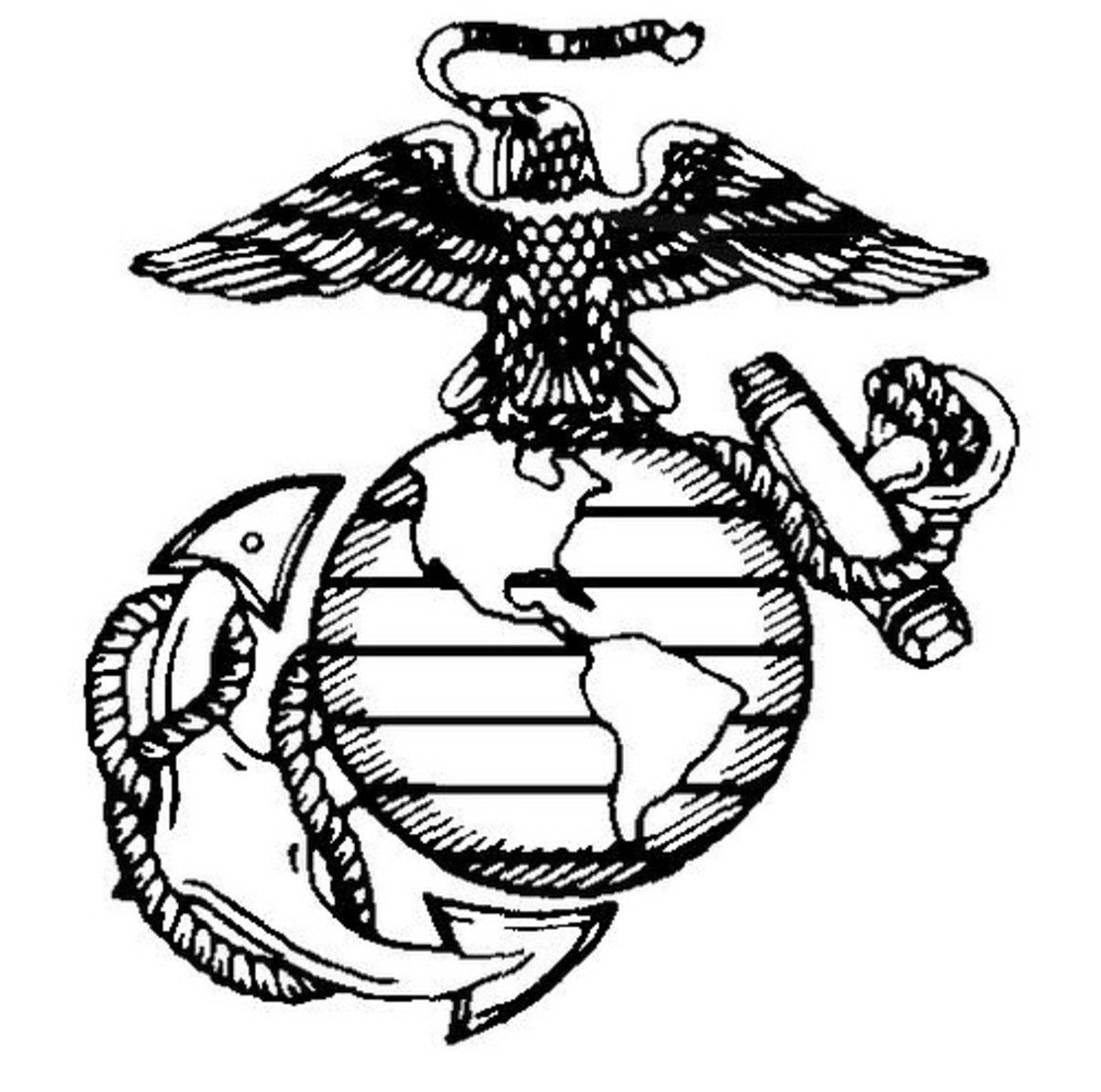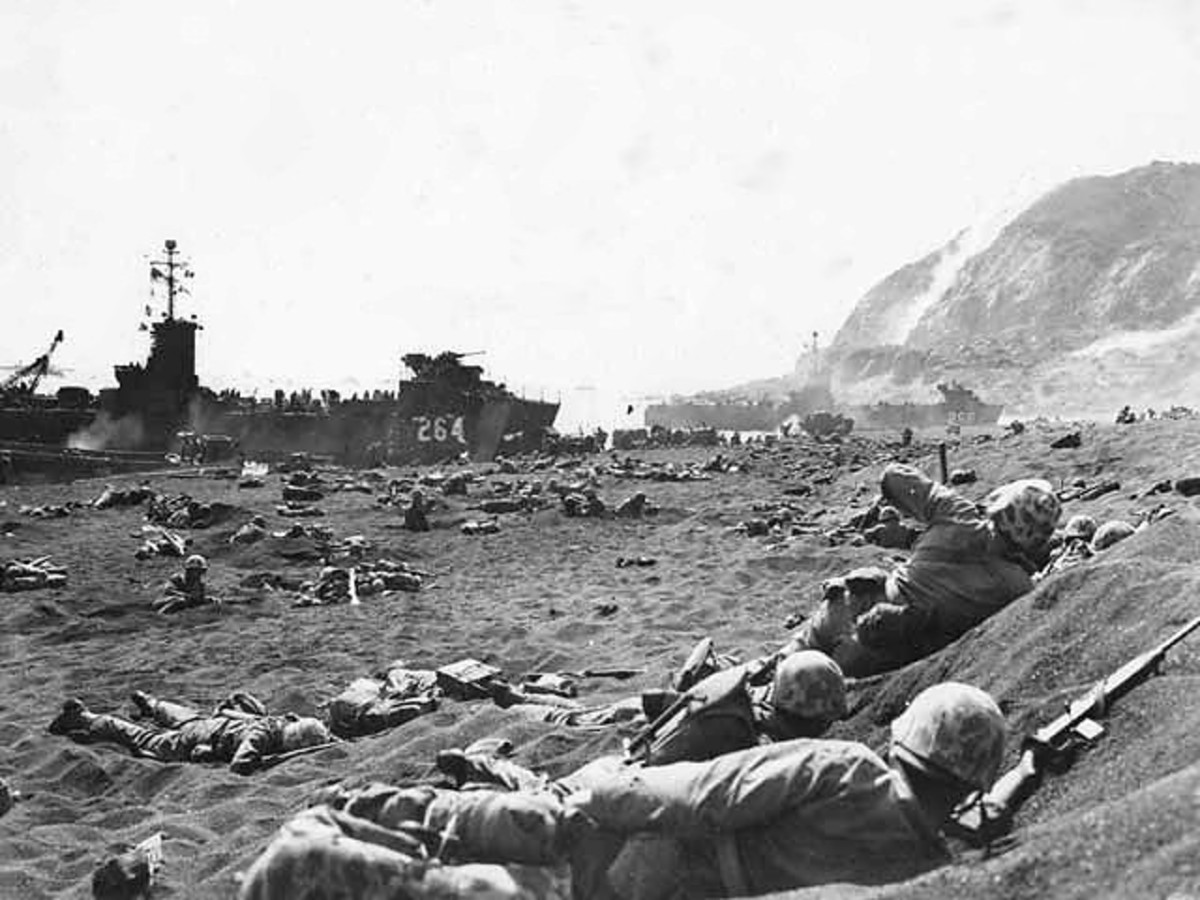U.S. Marine Corps Facts and History: 11 June
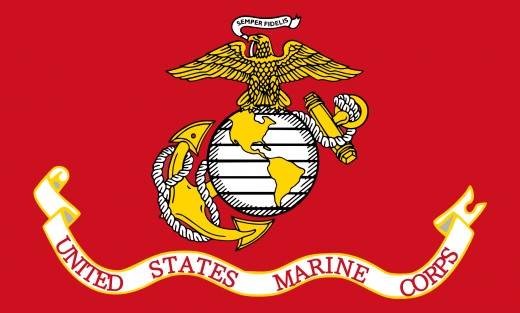
The United States Marine Corps
The United States Marine Corps has been this nation's amphibious force-in-readiness since its inception. The term "marine'" means "related to the sea", while "amphibious" is defined as " able to live on both land and water". Along with the Coast Guard and the Navy, the Marine Corps is one of America's maritime services.
The Marine Corps ability to successfully conduct amphibious operations became renown during the "island hopping campaigns" in the Pacific Theater during World War II. Current day Marine Corps operational forces, known as Marine Air-Ground Task Forces (MAGTF), represent this nation's only significant capability to forcibly enter hostile locations from the sea.
1898 - Spanish-American War
Marines encamped in the vicinity of Guantanamo Bay, Cuba engage in sporadic skirmishes with Spanish soldiers. A Marine battalion had landed at that site the previous day and were in the process of consolidating their positions. Several days later, the Marines, assisted by Cuban rebels and a naval bombardment, would decisively defeat the Spanish forces during the "Battle for Cuzco Wells".
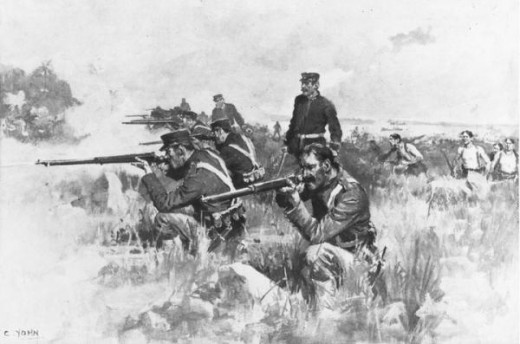
Guantanamo Bay Naval Base
Often referred to as "Gitmo", the area of the base has occupied by U.S. naval forces since a Marine amphibious landing in 1898. Following the Spanish-American War, the base has been leased to the United States by the Cuban government for use as a coaling and naval station. Currently, it is best known for housing unlawful combatants or "detainees" in its military prison. It is the oldest overseas U.S. Naval Station.
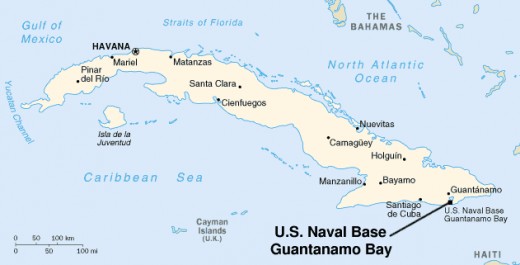
1908 - Panamanian Elections
A battalion of approximately 700 Marines arrived in Panama in order to assist in maintaining order during governmental elections.
This was the first of several peacekeeping interventions that Marines made into Panama to preserve order and protect U.S. interests during civil disturbances due to elections or labor strikes.
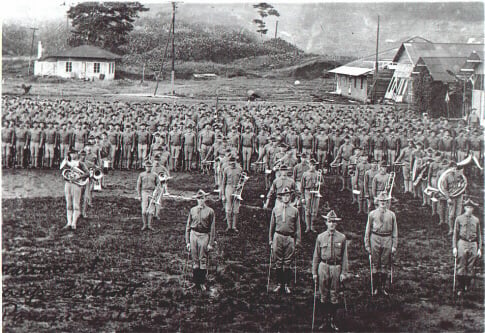

1927 - Assistance to Civil Authorities
Washington Navy Yard Marines responded to local police agencies' requests for assistance in controlling crowds during the Charles Lindbergh Welcoming Parade in Washington, D.C.
Nautical terminology quiz
view quiz statistics1945 - World War II
During the Battle of Okinawa, elements of the 1st Marine Division reached Kunishi Ridge; the last Japanese stronghold on the island. That evening, the Seventh Marine Regiment (7th Marines) conducted a night attack and seized a portion of the ridge.
The fighting for Kunishi Ridge would last for a week. Ten days later, the island was declared secure.

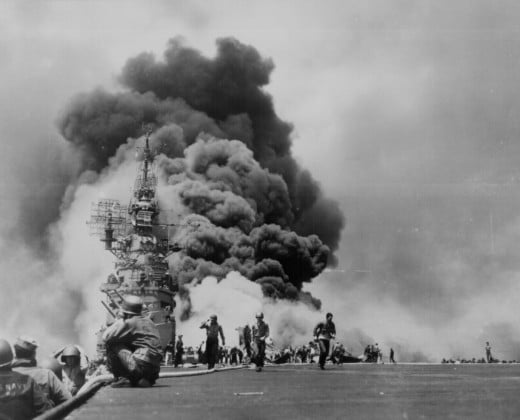
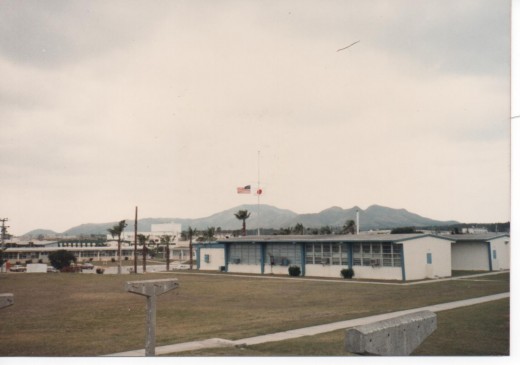
The Battle of Okinawa
Operation Iceberg, the largest Pacific campaign and last battle of World War II pitted over approximately 250,000 American ground combatants against nearly 150,000 Japanese defenders. American ground forces were commanded by the Tenth Army which included four divisions of the 24th Corps and an Amphibious Corps comprised of three Marine divisions. The 3 month long ground battle cost over 20,000 U.S. lives while over 100,000 Japanese were killed.
U.S. ground forces were support by ships of the U.S. Navy's 5th Fleet as well as U.S. Army Air Corps, U.S. Navy and U.S. Marine Corps aircraft. During the battle, the 5th Fleet was attacked by more than 1,000 Japanese kamikazes which resulted in the sinking of 36 ships and damage to another 200.
After the war, Okinawa was administered by the U.S. government until 1972. Approximately 30,000 U.S. airmen and Marines are currently stationed in Okinawa.
USMC History
view quiz statisticsA culture steeped in history and tradition
Marines take great pride in their Corps' history, customs and traditions which senior Marines assume the responsibility of passing down to the Corps' newer members. Likewise, Marines will gladly discuss U.S. Marine history to all who are interested.
I hope you enjoyed this article, and albeit a speck in the 240 year history of the Marine Corps, found it informative. Please don't hesitate to send me a note if you have any questions or comments.
